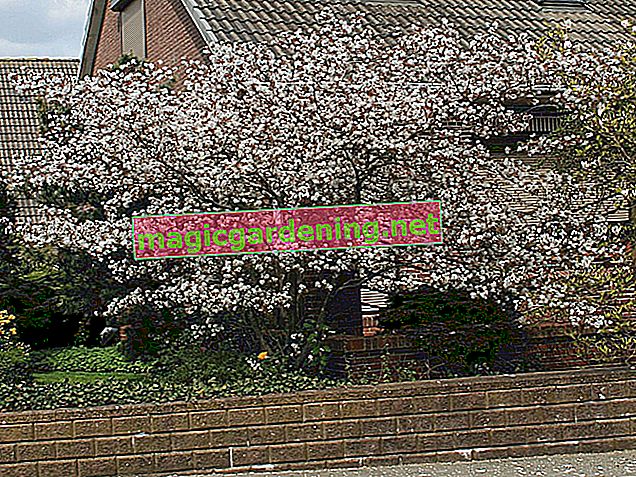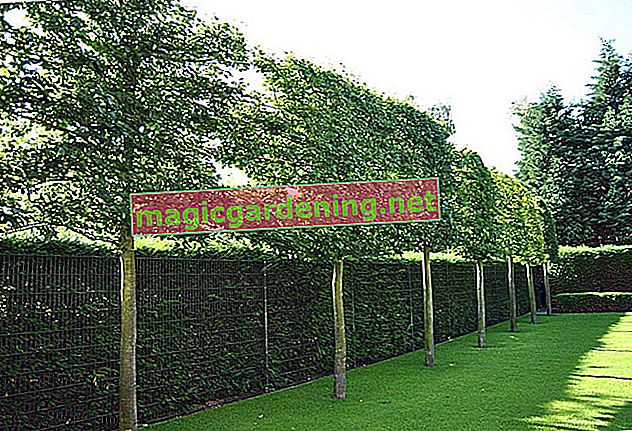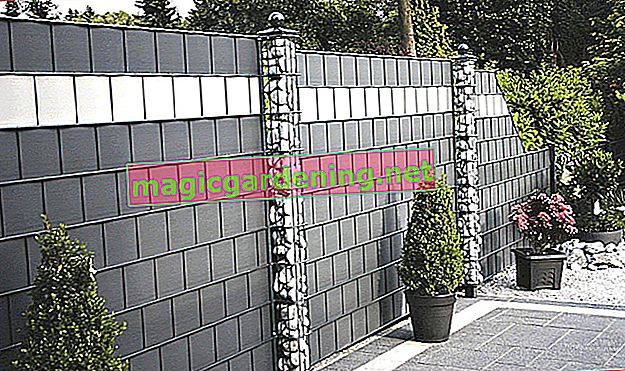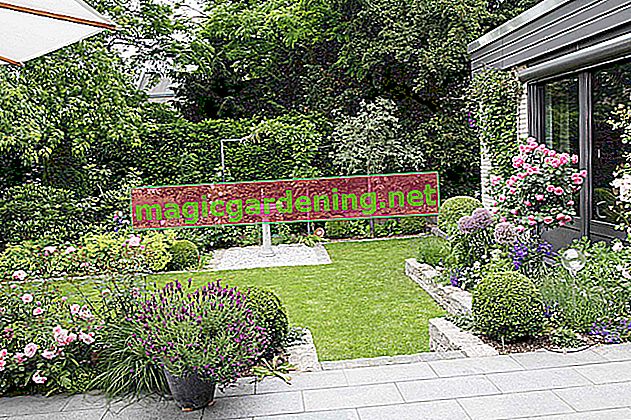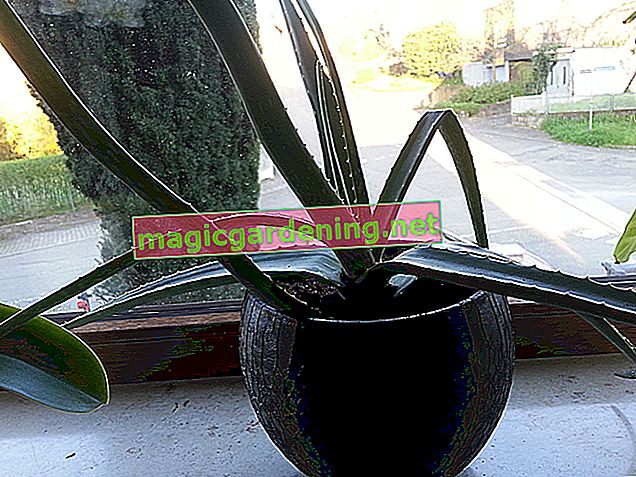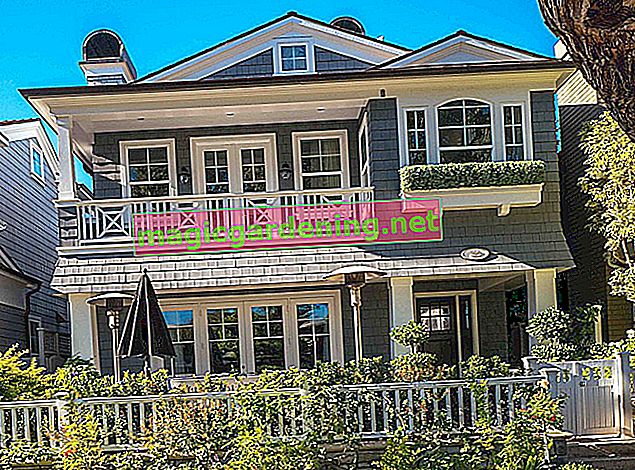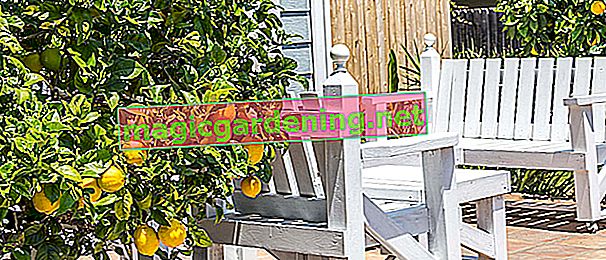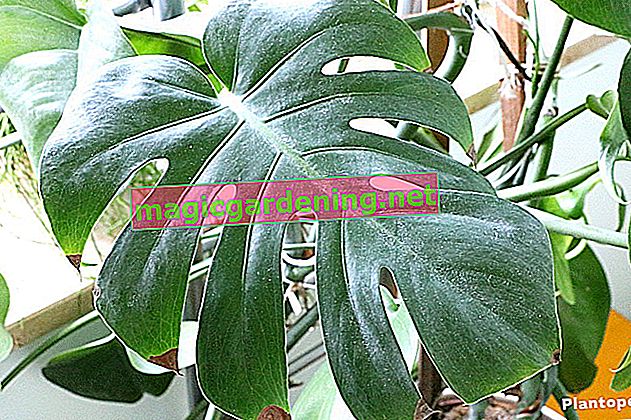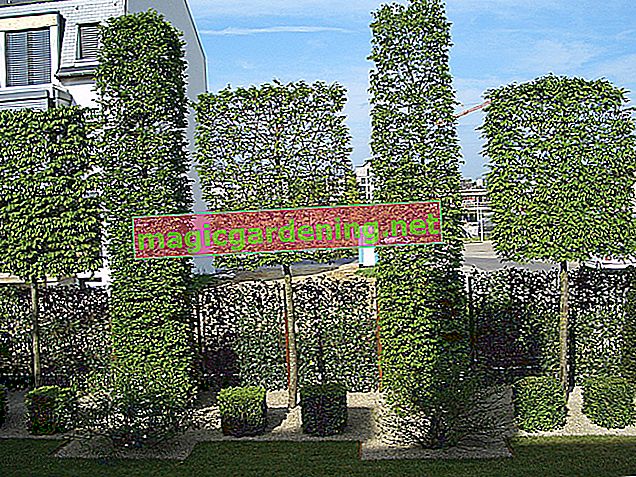
The European beech - a profile!
- Latin name: Fagus sylvatica
- Popular name: beech
- Plant family: beech family
- Species: approx. 250
- Occurrence: Europe
- Tree species: deciduous tree
- Age: up to 300 years, average age 150 years
- Height: up to 40 meters, occasionally even higher
- Bark: silver-gray, smooth, often pitted
- Root: wide spreading flat root
- Leaves: green or red (copper beech)
- Leaf shape: ovate, wavy, only slightly serrate
- Sheet size: 5 - 11 cm long, 3 - 8 cm wide
- Flowers: inconspicuous, male flower with long stalk, female flower with a short stem
- Flowering period: April to May
- Fruits: beechnuts, brown skin with 2 - 4 nuts
- Fruit ripening: from September
- Toxicity: Beechnuts contain oxalic acid and fagin
- Use: furniture construction, firewood, single trees, hedge plants, bonsai
The use of the common beech in timber construction
The common beech has a very evenly grained wood in a light, slightly reddish tone. In a favorable location, beeches form very thick trunks without branches.
also read
- How long does the flowering time of the European beech last?
- How to plant a European beech!
- The characteristics of the European beech
The wood is very hard, but easy to work with. That is why red beech is very popular in furniture construction.
Beech wood also has a high calorific value. It is made into charcoal and used to smoke meat and fish. Beech wood is also very popular as firewood.
That is why beeches are popular hedge plants
European beeches are not only very popular as single trees in parks or on streets. The deciduous trees are also very popular as hedge plants because they grow very quickly.
A common beech increases in height and width between 40 and 50 centimeters every year.
Although the common beech is a deciduous tree, the leaves often hang on the tree until spring. A red beech hedge therefore forms a good privacy screen in the garden even in winter.
European beeches are slightly poisonous
The substances oxalic acid and fagin contained in the beechnuts are slightly toxic. By heating, for example roasting, the toxins are broken down and beechnuts are tolerated by humans.
In times of hunger, beechnuts were used as a food substitute.
Forest animals tolerate beechnuts well, while horses can poison themselves on beechnuts.
Difference between European beech and hornbeam
The difference between European beech and hornbeam is not obvious at first glance. The leaves of the European beech are finer and don't feel that “old”. They are not as strongly serrated as the leaves of the hornbeam.
The wood of the hornbeam is the hardest wood in Europe. In contrast to red beech wood, it is used for shipbuilding, wooden parquet and tool making.
Tips
It is often assumed that the words book or letter are based on the fact that the letters were once carved into the solid beech wood. The word origin is probably due to the Germanic word for rune sticks “boks”.

